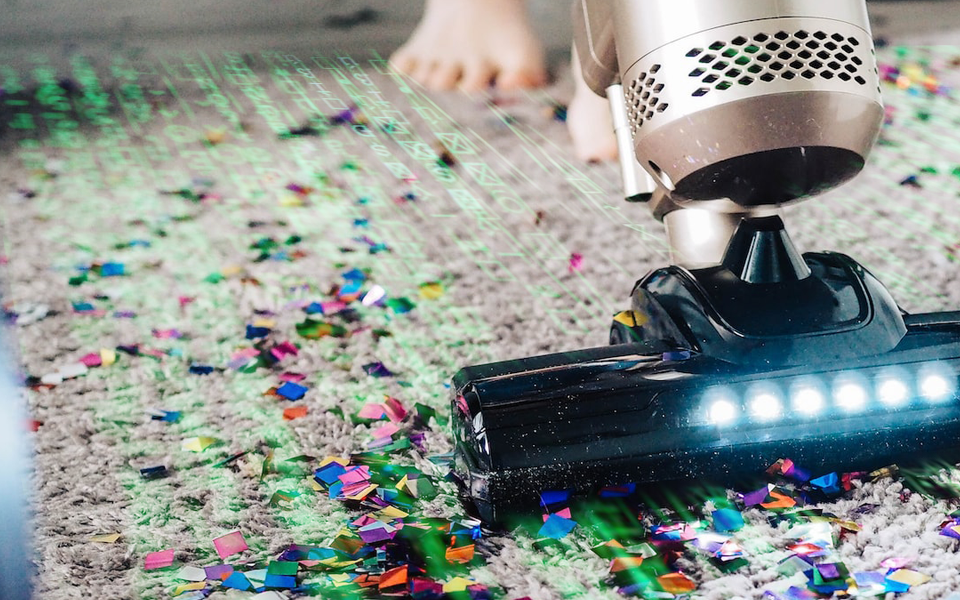Introduction
You may have heard your I.T. guy recommend upgrading hardware as soon as better versions come out, or noticed that your smart phone suggests turning on auto-updates at night. There’s a reason for this, and it’s not to push you to spend money on the latest market trends.
Newer technology is usually faster, more compatible with other modern systems, and more efficient in other ways. Software updates protect you from zero-day attacks and patch vulnerabilities that have already been exploited (this is the cause of one-third of all data breaches). Better hardware might come with stronger cybersecurity built into the product, like better firewalls.
Although the initial investment may seem steep, you save both time and money in the long run when you use more advanced systems. Here’s why.
Legeacy to SaaS
Legacy computer systems rely on physical storage and often requires manual labor to input data that more advanced systems can handle automatically. It will be more difficult to fend off viruses, onboard new hires onto the system, and fix network vulnerabilities as necessary. You can’t run iOS 15 on a typewriter!
Software-as-a-service, or SaaS, systems usually rely on the Cloud to save data remotely. This prevents harm from coming in the form of either a physical break-in or some natural disaster that damages the store. While data is encrypted and often requires multi-factor authentication to access, you can also more easily check in on your business from anywhere that you have WiFi as long as you have the proper credentials. Managing multiple locations has never been easier.
An often overlooked benefit of SaaS systems is also the vast amount of saved space. Clear out the gigantic server in your backroom and suddenly there’s a breakroom to help staff morale or a private office to improve focus. Remote data backups are both more secure, more efficient, and by nature more compact than legacy systems.
Old, Familiar Software
Sometimes, we’ve been using certain programs or features for so long that we don’t want to upgrade to a new version of Windows that doesn’t support the old Movie Maker, or update Adobe when it will change the layout of Photoshop.
However, recently we’ve seen Flash Player retire; Internet Explorer stopped working in June; if you fire up the iPod in your basement, you’ll find it doesn’t support the latest versions of iOS and the old apps won’t work without an update. Keeping up with soft- and hardware upgrades allows you to keep using your devices at optimal efficiency while also staying safer against modern cybercriminals. Programmers patch bugs and vulnerabilities all the time. For all these reasons, it’s crucial to keep up with the times when it comes to the fast-paced landscape of cybersecurity and -threats.
Conclusion
All of this to say, don’t balk at the market price for the newest computer or automated monitoring system. It’s more cost-effective in the long run to use more advanced technology. With old systems, you have to repair and replace individual parts as they break, fall out of production, and stop being compatible with the necessary auxiliary parts. A 2020 Honda is going to last you longer than a hand-me-down Jeep from the ’80s, even if your parent has kept it in really good condition.
With all this in mind, consider tossing your outdated hardware and applications for faster, cheaper, more convenient, more efficient and more cybersecure versions. You can find technology experts who offer automatic updates, notifications and so much more to guarantee the effective protection of your most confidential data. Reach out to talk through what makes the most sense for your business!
References
- https://thetechnologypress.com/6-discontinued-technology-tools-you-should-not-be-using-any-longer/
- https://www.lingaros.com/blog/cloud-based-saas-vs-legacy-pos-2021/
- https://www.washington.edu/research/announcements/microsoft-will-retire-internet-explorer-11-on-june-15-2022/
- https://www.adventone.com/post/technology-cheaper-to-upgrade-than-maintain



